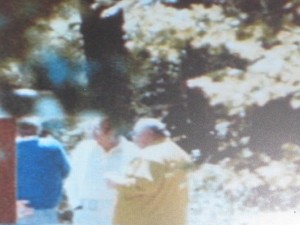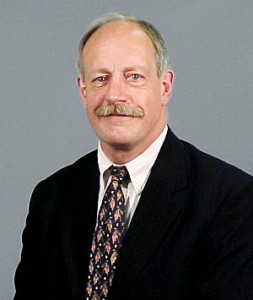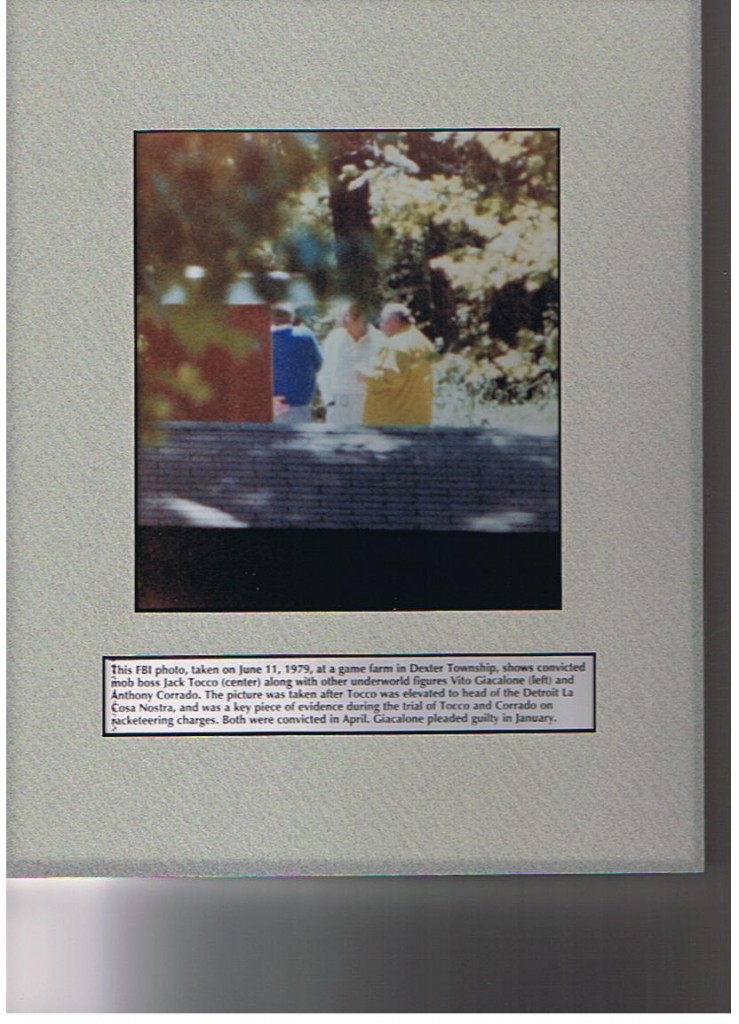Greg Stejskal served as an FBI agent for 31 years and retired as resident agent in charge of the Ann Arbor office. He is a columnist for ticklethewire.com.

I joined the Detroit FBI surveillance squad in 1977. Two years later, on June 11, 1979 , we witnessed an event- its historical significance and ramifications would not be clear until many years later.
But before I get to that, a little history. In the early 1970s, the FBI’s Detroit Field Office established the FBI’s 1st full-time surveillance squad. At that time, organized crime was one of the priorities of the FBI.
Neil Welch, the then Detroit FBI Special Agent in Charge (SAC), decided it was a good idea to have a squad dedicated to primarily following members of the Detroit family of the La Cosa Nostra, the Mafia, and learning about their activities. It should be noted that the Detroit family was one of the oldest and most successful LCN families in the country.
Although a surveillance squad was not a new concept, it was for the FBI. And FBI headquarters would have to be persuaded it was worthwhile, and that meant the Director, J. Edgar Hoover, had to agree. He did, and the Detroit surveillance squad was born.
The squad was unique not just in its function, but in its entire nature. As its primary target was a sophisticated organization, that would be surveillance wary, the squad had to be equal to the task.
The agents assigned to the squad would no longer report to the FBI office, but would work out of an “off-site” location that would use a phony business front. (It would be dubbed the bat cave.) The agents wouldn’t wear the usual agent garb of coat and tie, but street clothes. The cars the agents would drive would be varied and not have the staid, four-door, sedan look of a police car.

Although radio communication between cars was a necessity, the radios and antennas had to be hidden. The agents would have to learn techniques of conducting long-term surveillances undetected. They would not have the technological tools available today, such as: GPS devices, lap-top computers, cell phones and digitally coded radios. In those days, if you needed to have a phone conversation with someone when you were on the street, you had to find a pay phone- of course so did the bad guys.
The agents would also have to be adept at taking and developing photos (no instant review, but the bat cave had a dark room). They would have to learn the geography of the Detroit metropolitan area and be able to identify known members of the Detroit LCN family. In addition they had to create and memorize code names for the family members and major streets because police radios were susceptible to being “scanned,” being listened to by civilians.
In fact we learned through electronic surveillance that the Detroit family paid to have the FBI radio frequencies scanned regularly. (Today FBI radios are digital and can be encrypted to NSA standards.)
Since the establishment of the Detroit FBI’s surveillance squad, it has proved itself not only in its usefulness in aiding the successful prosecution of the Detroit LCN, but in its ability to provide information and evidence about criminal activities, including terrorism and foreign counter intelligence. The dedicated surveillance squad concept has been replicated in major field offices throughout the Bureau.
And now to that historic moment in 1979.
It was a beautiful summer day. We had set up to begin our surveillance that morning in Macomb County, north of Detroit, at a barber supply business owned by Rafaillo “Jimmy Q” Quassarano, a lieutenant in the Detroit LCN family.
We had done surveillances there many times before and had no reason to believe this day would be particularly notable. Later that morning we saw Giacomo “Jack” Tocco, an upper level LCN figure, arrive at the business. Then we saw Frank “the Bomb” Bommarito, a made guy, arrive driving a silver van. Bommarito went inside, but shortly exited and left driving another car.
A few minutes later Tocco and Quassarano exited the business with two other guys. They entered the van that Bommarito brought and started driving west. We followed the van into rural Washtenaw County to the Timberland Game Ranch (about 50 miles west of Detroit), which we later learned was owned by the Ruggirello brothers, Antonio”T.R.” and Luigi “Louie the Bulldog,” also made guys in the Detroit family. The van entered the ranch, a large a wooded area used for private up-scale hunting excursions. We set up where we could observe the entrance to the ranch and saw several late model Lincolns and Cadillacs each with several occupants drive into the ranch. (Later when the gathering broke up, we had the Michigan State Police stop some of these cars to identify the occupants.)
None of us on the team had ever seen a meeting like this, and we weren’t sure what was happening. I decided this was too big to not try to find out what was going on. So another agent, Keith Cordes, and I went to the back of the ranch away form the main gate.
After scaling a fence (The statute of limitations on trespassing ran out a long time ago.), we hiked through about a half mile of a heavily wooded area in the general direction of a part of the ranch that was cleared and where there were some buildings. At about 100 yards from the cleared area, we could hear the voices of the men at the gathering. But we didn’t know if we could get much closer without being seen or heard, and we couldn’t see much through the trees. Then I saw a narrow swath of cleared land radiating out from where the gathering was. It was an archery lane with a large target on our end. Keith and I got behind the archery target and could see up the lane to where the family had gathered. Keith whispered to me, do you think it’s a good idea to be this close to a target? I replied, “I don’t think mob guys do archery.”
I had brought my camera with a 300 mm lens attached. Near the head of the lane, I could see three men standing. Looking through my camera lens, I could see it was Vito “Billy Jack” Giacalone and Anthony “The Bull” Corrado. (Both Giacalone and Corrado were capos, captains, in the family.) They were standing on either side of Jack Tocco. Resting my camera on the target, I snapped a photo.
We determined that almost everyone of any stature in the Detroit LCN family was at the game ranch that day, even some emeritus members, except Anthony Zerilli. We also learned, through source information, this meeting was called to make Jack Tocco the boss of the family to replace Zerilli, whose performance had apparently been wanting.
It is extremely rare for all the members of a LCN family to meet together. I was told by a Mafia historian, he knew of no other time when such a meeting of any LCN family had been witnessed by outsiders, not to mention to have a photograph of the event.
In March, 1996, 17 members of the Detroit family were federally indicted for violation of the Racketeer Influenced Corrupt Organizations (RICO) statute, conspiracy and related predicate crimes. Among those indicted were Vito Giacalone, Anthony Corrado and Jack Tocco. In January, 1998, Vito Giacalone pleaded guilty, and in his plea statement, he admitted there was a Detroit LCN family, and he was a member of it. This was the 1st time an upper level member of the Detroit family had admitted its existence.
A few months later, during the trial of Jack Tocco, Anthony Corrado, and others, I testified about, among other things, the taking of the photograph, almost 20 years before, and about the family gathering at the game farm. The photograph was admitted into evidence.
At the trial the United States presented evidence gathered over that almost 20 year period from sources, financial records, physical surveillance (fisur) and court authorized wire taps and microphones-electronic surveillance (elsurs). In the end, Jack Tocco, Anthony Corrado and all but one of the others was convicted of 50 counts of racketeering (RICO), extortion and conspiracy.
Former Assistant U.S. Attorney, Rick Convertino, one of the prosecutors in the trial, said of the 1979 photo:
“The picture was extremely important. Obviously it was important as information about the inauguration of Jack Tocco as head of the Detroit La Cosa Nostra. But the real key was that LCN members had never met all together at one time at a place that wasn’t a wedding or a funeral. In hundreds and hundreds of hours of surveillance, nothing like that had ever happened before, and nothing like it ever happened again. All the planets were never lined up like that before or after that day.”
But for the creation of a surveillance squad capable of conducting difficult surveillances and adapting to unique situations, that alignment of the planets would not have been witnessed and photographed.





